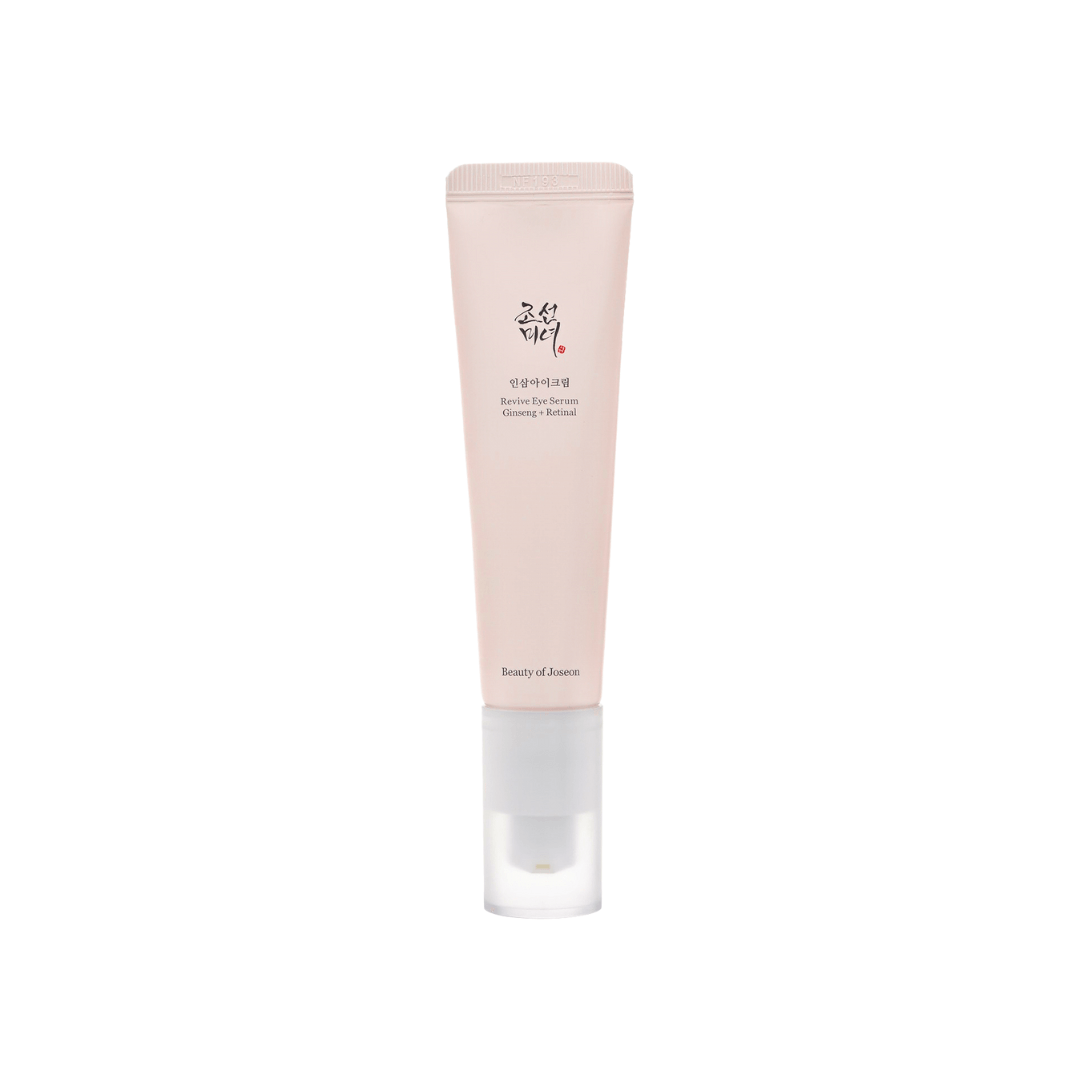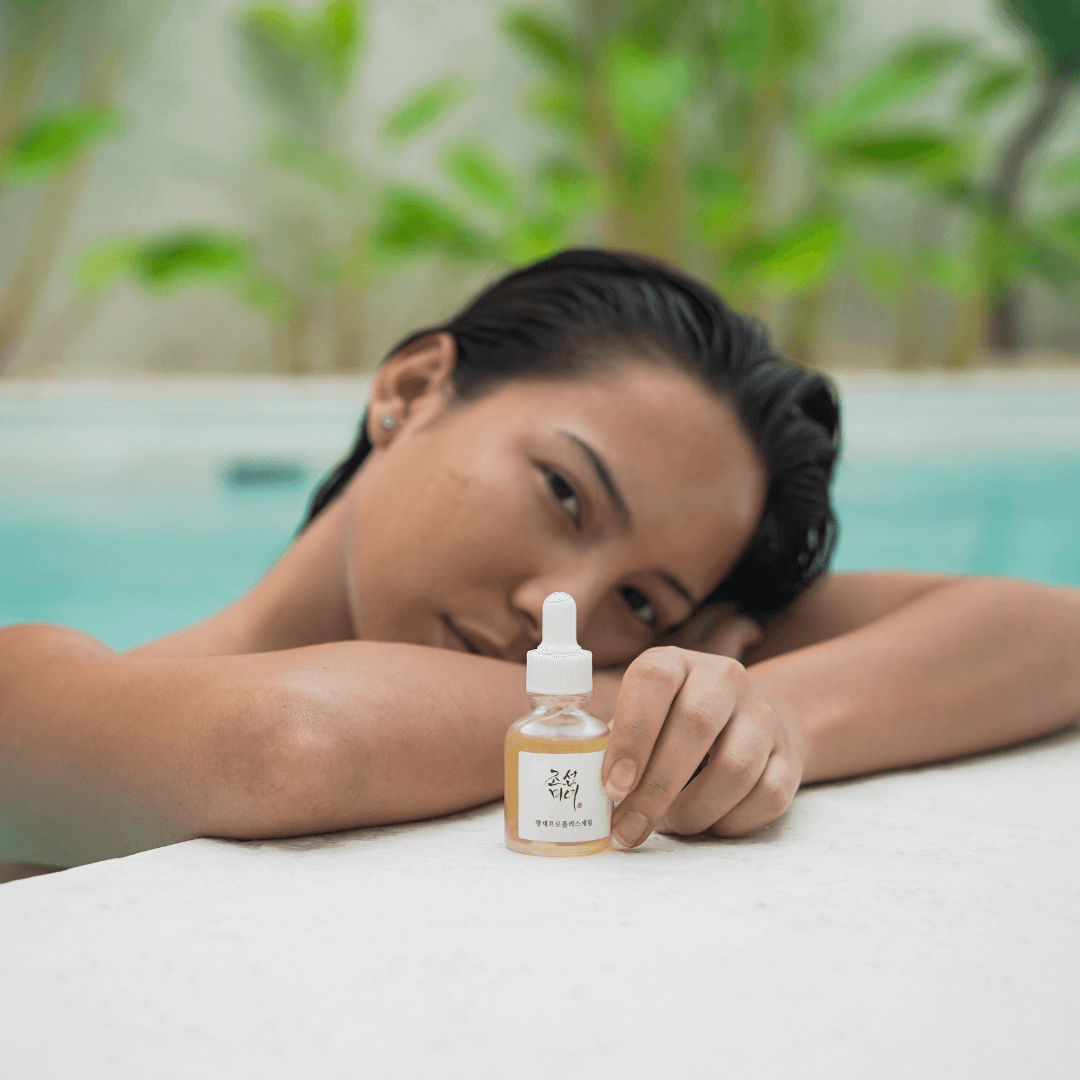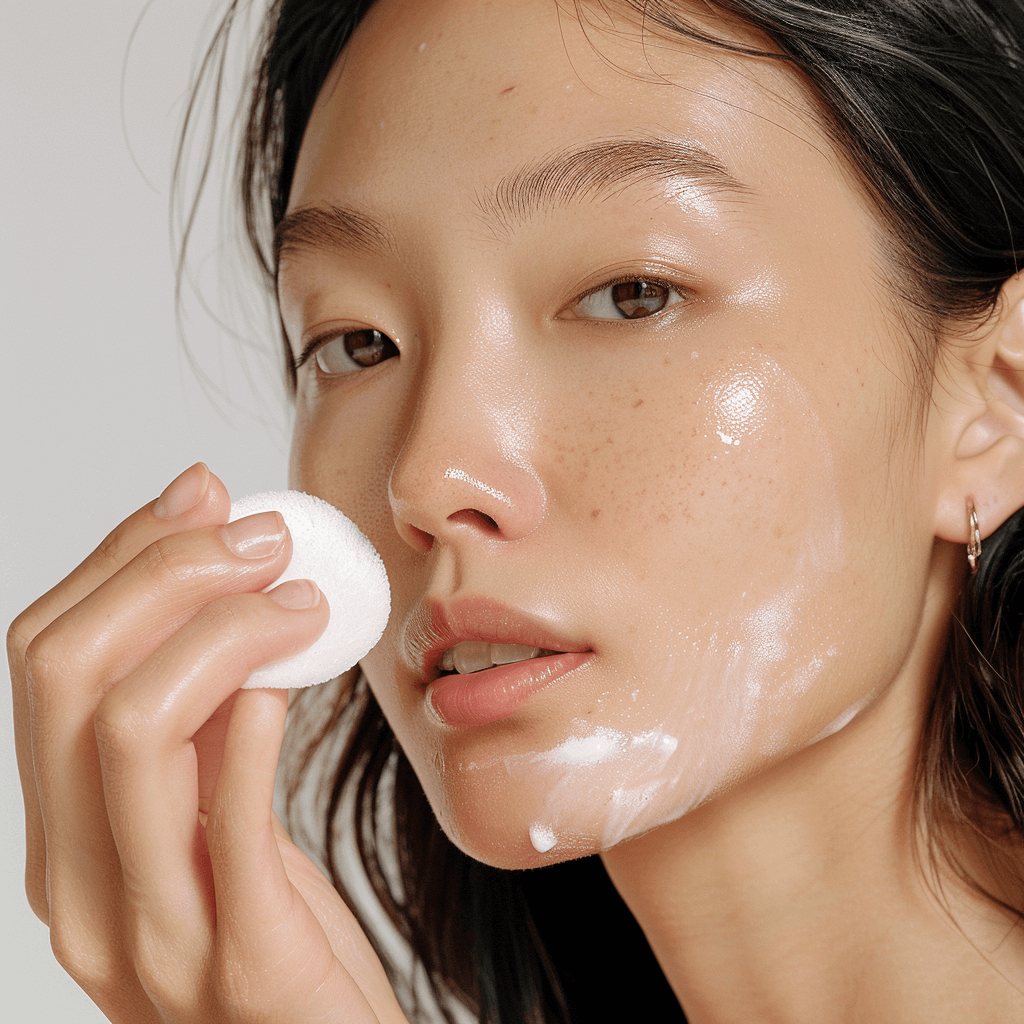The sandwich method for applying retinol is a popular technique used to reduce irritation when incorporating retinol into your skincare routine. Retinol, a potent form of vitamin A, is known for its anti-aging, acne-fighting, and skin-smoothing benefits. However, it can also cause dryness, redness, and irritation, especially when you first start using it or if your skin is sensitive. The sandwich method helps mitigate these side effects by layering moisturizer and retinol in a specific way. Here’s how it works:
Step-by-Step Guide to the Sandwich Method
1. Cleanse and Dry: Start with a clean and dry face. It’s important that your skin is free from other products to prevent interactions that might irritate the skin.
2. First Layer of Moisturizer: Apply a light layer of a mild, hydrating moisturizer to your skin. This initial layer acts as a buffer, slightly diluting the strength of the retinol and helping your skin adapt more comfortably.
3. Apply Retinol: Once the first layer of moisturizer has absorbed into the skin (usually after a few minutes), apply a small amount of retinol. Be sure to follow the specific instructions regarding the amount of retinol, as it is a powerful ingredient.
4. Second Layer of Moisturizer: After allowing the retinol to absorb for a few minutes, apply another layer of moisturizer. This top layer helps lock in the retinol and further reduces potential irritation, while also providing extra hydration.
Benefits of Retinol
Anti-Aging:
- Stimulates Collagen Production: Retinol helps boost collagen production, which can reduce the appearance of fine lines and wrinkles.
- Improves Skin Texture: Regular use of retinol can smooth the skin’s surface, making it feel softer and look more youthful.
Acne Treatment:
- Unclogs Pores: Retinol helps prevent clogged pores, which can reduce the frequency and severity of acne breakouts.
- Promotes Cell Turnover: Accelerating cell turnover helps shed dead skin cells that can cause acne.
Skin Tone and Texture:
- Reduces Hyperpigmentation: Retinol can help fade dark spots and hyperpigmentation over time, leading to a more even skin tone.
- Enhances Skin Radiance: By promoting cell turnover, retinol reveals fresher, brighter skin underneath.
Tips for Using Retinol
- Start Slow: Begin with a lower concentration of retinol to allow your skin to adapt. Gradually increase the concentration as your skin builds tolerance.
- Use at Night: Retinol makes your skin more sensitive to sunlight, so it’s best to use it as part of your nighttime skincare routine.
- Sun Protection: Always apply sunscreen during the day when using retinol, as it increases your skin’s sensitivity to UV rays.
- Consistency: For best results, consistency is key. Regular use of retinol over time will yield the most noticeable improvements in skin texture and tone.
- Monitor Your Skin: Pay attention to how your skin reacts and adjust the frequency of application if necessary. If irritation persists, consult a dermatologist.
By using the sandwich method, you can effectively benefit from retinol’s advantages while minimizing the risk of irritation and discomfort. This technique allows you to integrate this powerful ingredient into your skincare routine in a gentler, more manageable way. Embrace the sandwich method for a smoother, clearer, and more youthful complexion.





